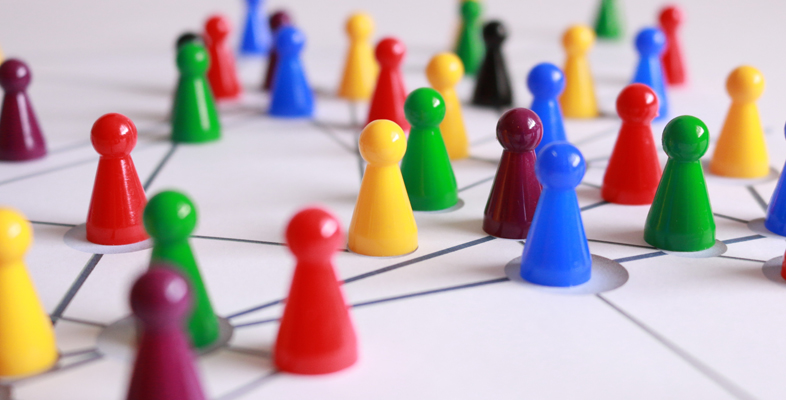2 Stereotypes, prejudice and discrimination
No one likes to think of themselves as prejudiced and you would probably feel very concerned if you thought you were engaging in any act of discrimination. You may have found the activity in Week 5, when you had to consider Joan’s feelings around her culturally diverse working group, a little unsettling. If you thought that you would have felt the same way that Joan did, then don’t worry unduly. The fact is that as hard as you might try to be free from stereotypical thinking, it is very difficult to stop it from creeping in unnoticed. Recognising this type of thinking and challenging it is an important step in ensuring that you avoid acting in a discriminatory or prejudiced manner.
Take a moment to look at the definitions of stereotype, prejudice and discrimination and consider how these relate to each other.
Box 1 Definitions of stereotype, prejudice and discrimination
Stereotype – a belief or association that links a whole group of people with certain traits, e.g. young people are all good at IT.
Prejudice – a negative feeling towards people due to their membership of a particular group, e.g. teenagers are all troublesome.
Discrimination – behaviour directed against a person because of their membership of a particular group, e.g. Muirfield golf club’s exclusion of women until March 2017.
Activity 2 Project Implicit
Project Implicit is a collaboration between three universities: Harvard, Virginia and Washington. It aims to reveal the hidden biases that you hold without being aware of them and it has a number of implicit association tests (IATs) for public use online.
These IATs measure hidden bias that you may have in respect to, amongst other things: gender, disability, age, race and weight. What these tests do is measure your unconscious or automatic biases. Scientific research has shown that even when you think you have got rid of any biases you hold, they actually remain to some extent as a mental residue, in most cases without you being aware of them. If you do become aware of these biases, then you can attempt to change them before they start to be expressed in more discriminatory behaviour.
Spend 10 minutes now looking at just one of the IAT tests on the Project Implicit website [Tip: hold Ctrl and click a link to open it in a new tab. (Hide tip)] . Choose one of these tests and find out whether you have any bias in this area that you were not aware of. The simple act of doing the test can be useful in getting you to explore some of your current thoughts on these issues.
Discussion
How did you find that? Don’t feel too bad if the test you did revealed biases that you were not aware that you had. Being aware of these is the first and possibly the most important step in challenging any stereotypical or prejudiced thinking that you hold.
Next, using a case study, you will look at the challenges of working in a different culture to your own.
